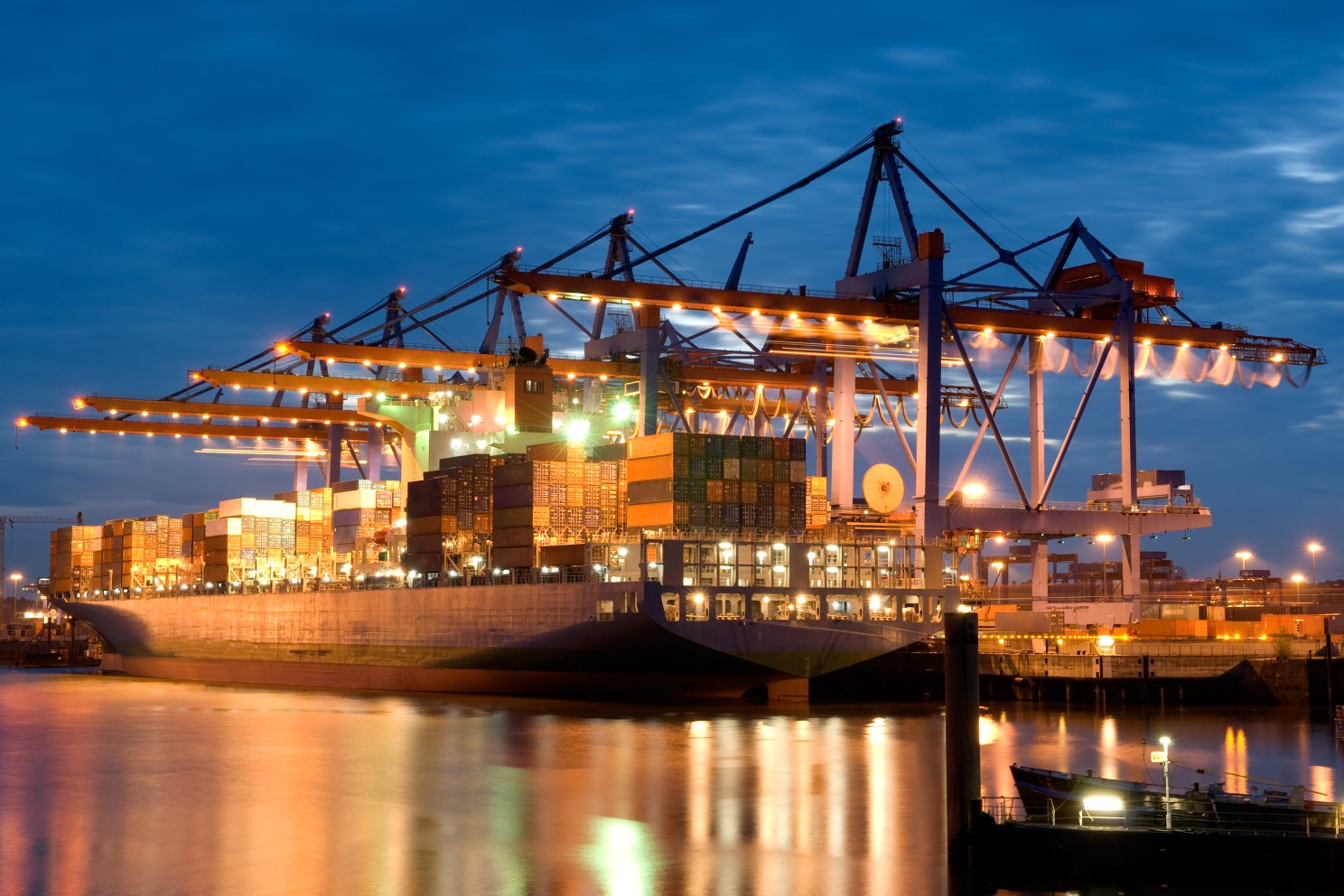
Inventory Surplus
In August, Walmart reported a jump in overall sales. On the surface, this may appear well. Still, a decline in profits indicates this increase in sales is one, inflationary, and two, from inventory reduction strategies like markdowns and clearance sales. In addition, when retailers run inventory reduction strategies, it includes canceling backorders.
As mentioned before, the bullwhip effect on consumer demand caused by $8 trillion in helicopter money from COVID relief will cause an overstock of non-essentials as consumers exhaust their stimulus handouts and, therefore, must reserve what’s left for essentials. In June, Target announced an “aggressive” inventory reduction plan to eliminate unwanted inventory. This inventory reduction extends beyond multinationals.
From my talks through personal relationships with wholesale business owners and manufacturers in China, orders are down as much as 75% y.o.y. Factories in China are laying off workers and reducing work hours to meet the sharp drop in demand. Future optimism is high; however, they understand they must get past this unprecedented volatility.
Backlogs to Empty Containers
For the two weeks starting Oct. 3, carriers canceled about 40 scheduled sailings to the U.S. West Coast from Asia and 21 sailings to the East Coast from Asia. Compared to the same time last year, only an average of two to four sailings a week were canceled, according to interviews by The Wall Street Journal.
The period between late summer and early fall typically is the busiest time of year for the largest carriers, as retailers and other importers build inventories ahead of the holiday shopping season. However, the largest container carrier by capacity, Mediterranean Shipping Co., has voided some sailings recently, including a six-ship service from China to Los Angeles and Long Beach. This suspension will remove nearly 12,000 containers a week in capacity from the trans-Pacific trade.
Still yet to mention, a bottleneck in shipping last year enticed freight companies to invest in adding a flotilla of new container ships, which are still under construction. As deliveries start over the next two years, freight rates could come under even more pressure as capacity increases.
On the flip side, this deflationary pressure will benefit consumers seeking imported products. As a result, I foresee prices of non-essentials on Amazon to remain relatively stable as shipping prices return to pre-Covid levels and below.

